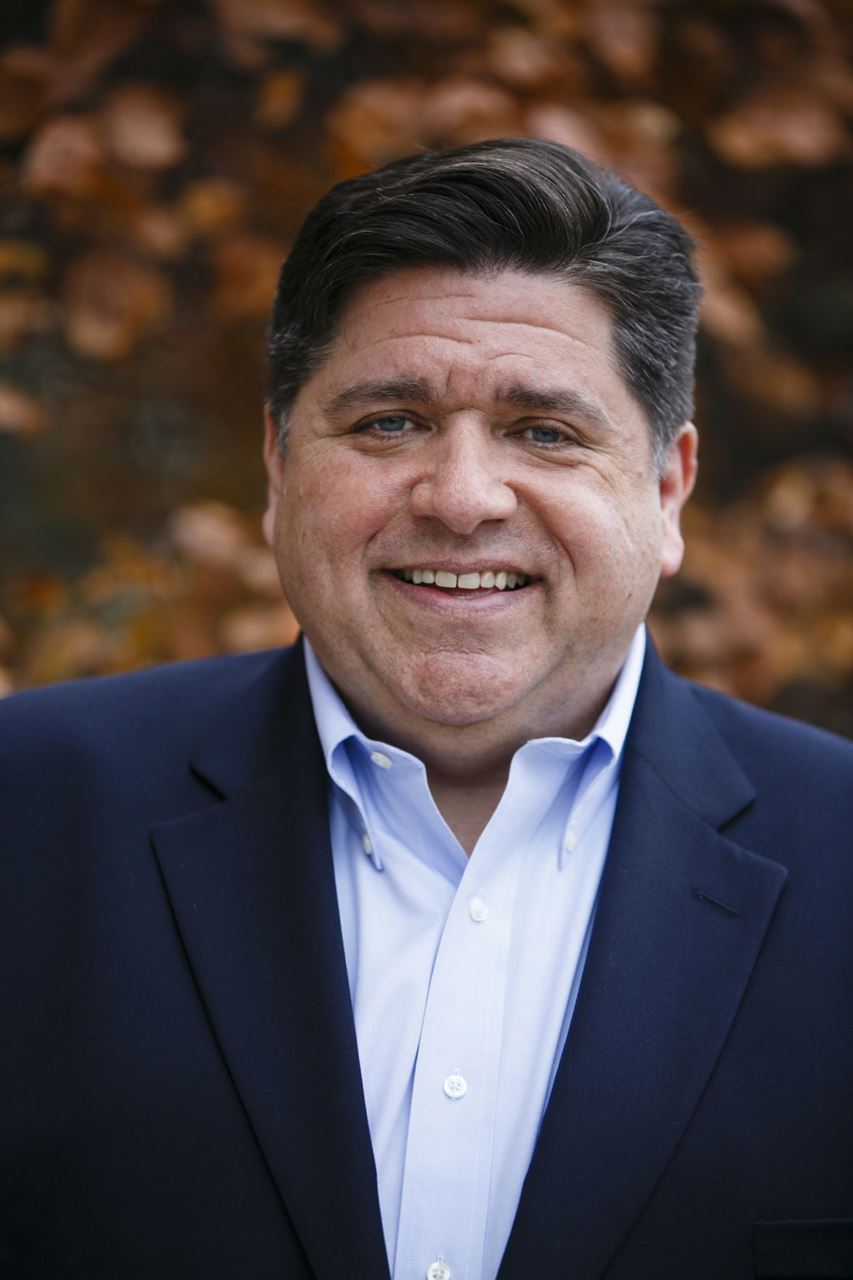 Illinois Gov. JB Pritzker joined health leaders Monday to unveil several steps to increase access to reproductive care.
Illinois Gov. JB Pritzker joined health leaders Monday to unveil several steps to increase access to reproductive care.
That includes a new hospital navigation program, set to debut this month, designed to give appropriate and expeditious treatment to patients who need a higher level of care than can be provided at a clinic. [Health News Illinois]
The hotline, to be staffed by nurse navigators, will help patients schedule appointments, acquire pre-operative testing and arrange payment, transportation and childcare for treatment.
The initiative will be a partnership between the Chicago Abortion Fund, the University of Illinois Chicago, Rush University System for Health and the departments of Public Health and Healthcare and Family Services.
Pritzker said at an event at the University of Illinois Chicago that the plan will help reduce disparities for hospital-based abortion care, speed up medically urgent referrals and alleviate the strain on abortion clinics.
“In the Land of Lincoln, we've doubled down on our commitment to maintain and expand reproductive health access for patients and protect providers," he said.
Other initiatives announced Monday include:
· The opening of requests for proposals to support a public-facing hotline for abortion service navigation throughout Illinois. The hotline is funded through $10 million allocated to IDPH in the current budget.
· The creation of a Medicaid family planning program for people otherwise not eligible for Medicaid due to income. Covered services will include annual preventive exams, family planning counseling and all Food and Drug Administration-approved methods of contraception.
· A new $5 million capital investment program to support reproductive healthcare providers in Illinois that are experiencing increased demand for their services for improvements and repairs to new or existing facilities.
· Authorization for Illinois to cover transportation and lodging for state employees who must travel to access reproductive healthcare.
Some of the initiatives will be supported by the $18 million allocated to IDPH in the current budget to support efforts to expand access to such services. The family planning program will be paid for with a mix of federal Medicaid and Title X funding.
“I feel so fortunate that IDPH is committed and dedicated to working across the administration and with our provider community to ensure that those seeking family planning and abortion services in Illinois get access to the reproductive care they need,” said department Director Dr. Sameer Vohra.
Chicago Abortion Fund Executive Director Megan Jeyifo said they have helped over 250 individuals that required hospital care in the year since the Supreme Court overturned the constitutional right to an abortion, a 26 percent increase from the prior year.
An already stressful situation of receiving an abortion is made worse by individuals having to travel out of state to a place where they may not know anyone or know where services are available, she said. The hotline will help alleviate some of those challenges.
“(The initiative) will strengthen the working relationships we have with four major hospitals in the Chicagoland area to make sure our callers and all people who require hospital-based care can access appointments as soon as possible,” Jeyifo said. “And most importantly, it will strengthen Illinois’ ability to do what we have already been doing in this landscape: stepping up as a national access point for hospital-based care.”
###
